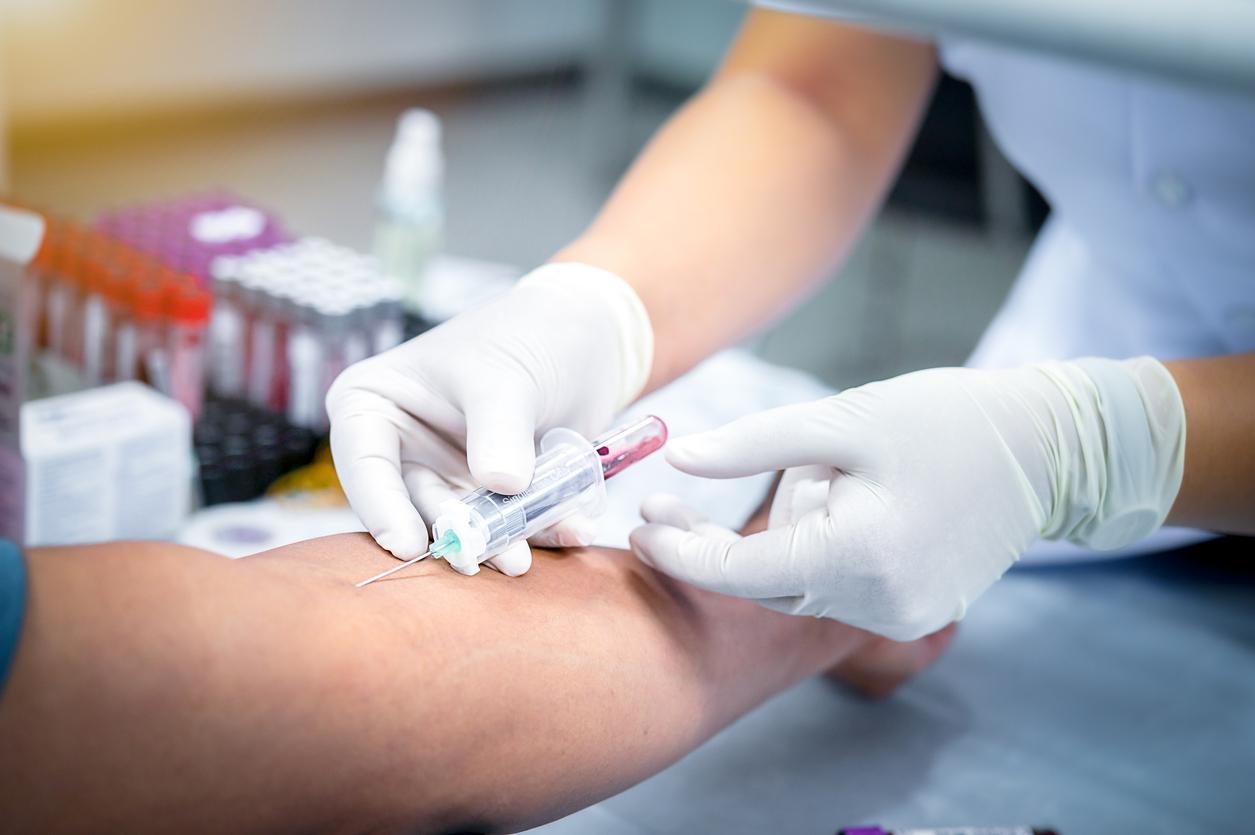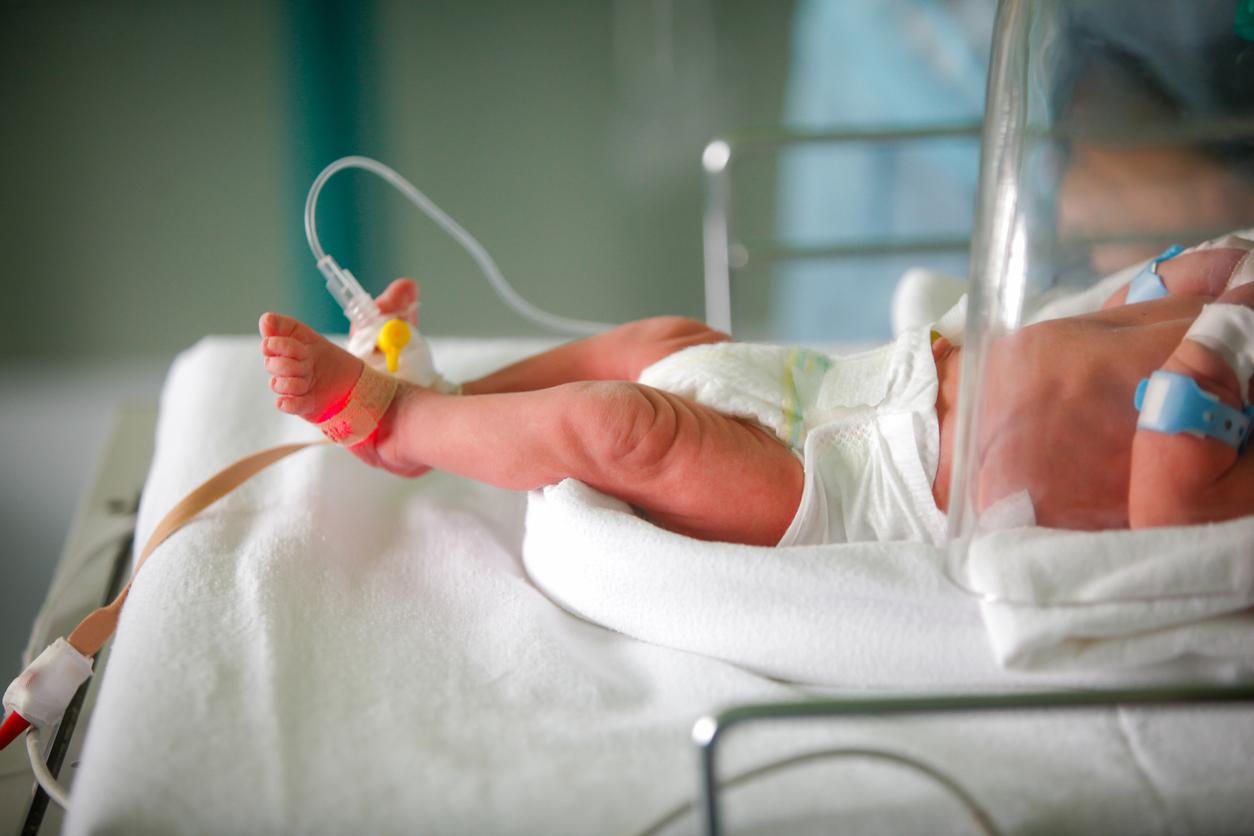Children as young as four months can understand how their bodies interact with the space around them.

- From the age of four months, children show increased somatosensory brain activity.
- As babies grow, their brains build a more sophisticated awareness of how their body exists in the space around them.
- Faced with these results, the authors want to conduct further research with newborns and older participants.
Researchers from the University of Birmingham (England) have recently shed new light on the development of self-awareness. In a study, they wanted to know if, during the first year of life, the brains of toddlers can cope “the dynamic interactions between vision and somatosensation, which are necessary to represent peripersonal space”. For this, the authors recruited 20 babies aged 4 months and 20 infants aged 8 months. Young participants saw a ball on a screen that was moving towards or away from them. When the ball was closest to them on the screen, babies received a small vibration in their hands while their brain activity was measured.
Babies “can perceive the space around them and understand how their body interacts with it”
According to the results, published in the journal Scientific Reports, from the age of four months, children show increased somatosensory brain activity when a small vibration, i.e. a touch, is preceded by an object moving towards them. In eight-month-old babies, when touching their hand was preceded by moving the ball on the screen, the children’s brain activity showed signs of astonishment.
“Our findings indicate that from the first months of life, before babies have even learned to grasp objects, the multisensory brain is wired to make connections between what babies see and what they feel. means they can perceive the space around them and understand how their body interacts with that space. said Giulia Orioli, author of the research in a statement. “Now that we know that babies, in the early stages of their development, begin to show signs of this type, we wonder whether these abilities are learned or innate.” added Andrew Bremner, who also participated in the work.
Self-awareness: see if newborns show early signs of “multisensory” abilities
Now, the scientists plan to continue this study with younger and older participants to determine the types of brain activity that infants develop toward. They also hope to be able to see if there are early signs of these “multisensory” abilities in newborns.
“It’s a challenge working with newborns, because they spend much of their time sleeping and eating, but we’re starting to have success with this age group, and it will be fascinating to see if “Babies just a few days old have the basis for perceiving their bodies in space. If this is the case, we may be studying the origins of human consciousness.” concluded Giulia Orioli.

















